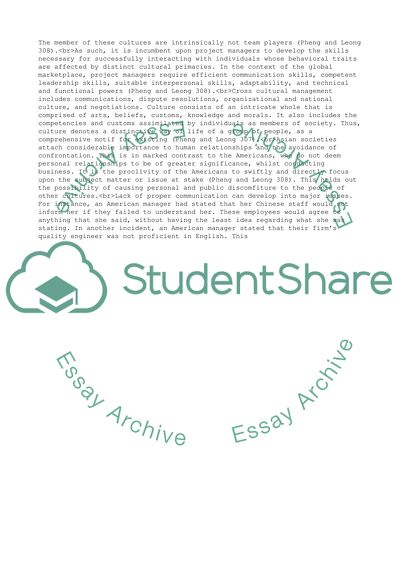Cite this document
(“International Project Management Assignment 2 Example | Topics and Well Written Essays - 1500 words”, n.d.)
Retrieved from https://studentshare.org/management/1627405-international-project-management-assignment-2
Retrieved from https://studentshare.org/management/1627405-international-project-management-assignment-2
(International Project Management Assignment 2 Example | Topics and Well Written Essays - 1500 Words)
https://studentshare.org/management/1627405-international-project-management-assignment-2.
https://studentshare.org/management/1627405-international-project-management-assignment-2.
“International Project Management Assignment 2 Example | Topics and Well Written Essays - 1500 Words”, n.d. https://studentshare.org/management/1627405-international-project-management-assignment-2.


